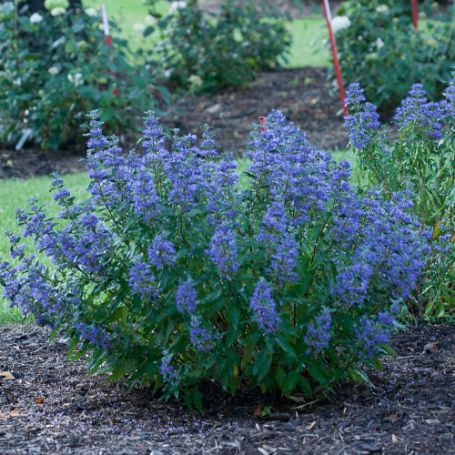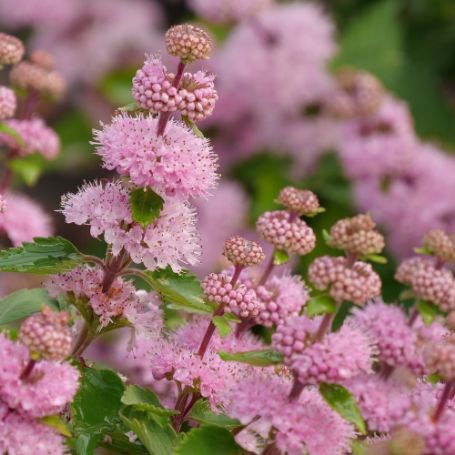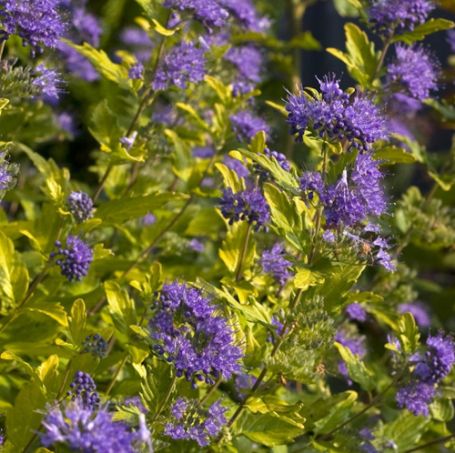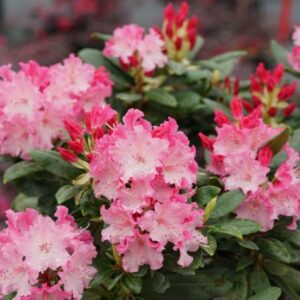Description
Caryopteris (Bluebeard) – Compact, Colorful, and Pollinator-Friendly
Add a late-season pop of vibrant blue to your garden with Caryopteris, also known as Bluebeard or Blue Mist Spirea. This low-maintenance deciduous shrub produces striking clusters of blue to violet flowers from late summer through early fall—just when most other plants are starting to fade. Loved by gardeners and pollinators alike, Caryopteris is a must-have for drought-tolerant landscapes and pollinator gardens.
Whether used in borders, mixed beds, or as a standout in rock gardens, Bluebeard offers vivid color, compact growth, and easy care.
Why Choose Caryopteris (Bluebeard)?
Caryopteris is known for its aromatic silvery-green foliage, long bloom period, and compact, mounding shape. Typically growing 2–3 feet tall and wide, this small shrub fits beautifully into smaller garden spaces or urban landscapes. It’s ideal for xeriscaping, butterfly gardens, and low-water landscapes.
As a magnet for bees, butterflies, and hummingbirds, Bluebeard plays a vital role in supporting local pollinators during the late summer when nectar sources become scarce.
Key Features of Caryopteris:
-
💙 Vibrant Late-Season Blooms: Bright blue or violet flowers appear from August to October
-
🐝 Pollinator Magnet: Attracts bees, butterflies, and hummingbirds
-
🌿 Compact & Tidy: Grows 2–3 feet tall and wide—ideal for small gardens
-
🌞 Heat & Drought Tolerant: Thrives in full sun and well-drained soil
-
❄️ Cold Hardy: Performs well in USDA Zones 5–9
Growing Tips:
Plant Caryopteris in full sun and well-drained soil. It prefers drier conditions and is highly resistant to deer and most pests. Once established, it requires minimal watering—perfect for low-maintenance or water-wise gardens.
In colder climates, cut the plant back to 6–12 inches in early spring to encourage fresh growth and flowering. Light pruning also helps maintain its compact, mounded shape.
Caryopteris pairs well with ornamental grasses, Russian sage, lavender, and other sun-loving perennials for a beautiful, textural garden display.
Easy-Care Color for Late Summer Gardens
If you’re looking for a tough, beautiful, and pollinator-friendly shrub, Caryopteris (Bluebeard) delivers brilliant color and reliability with little effort. It’s the perfect solution for sunny spaces, dry areas, and pollinator pathways.







Reviews
There are no reviews yet.